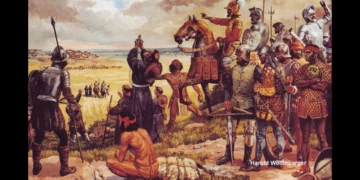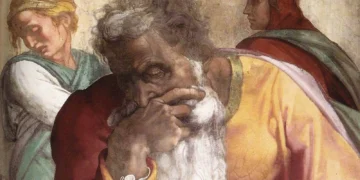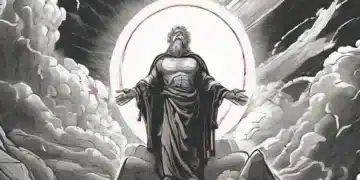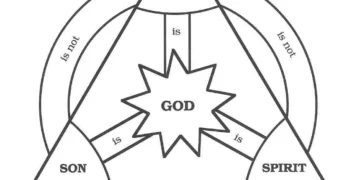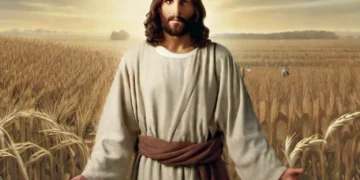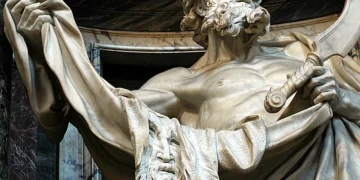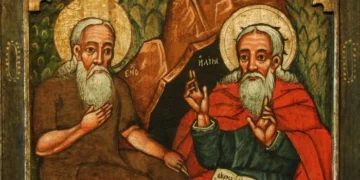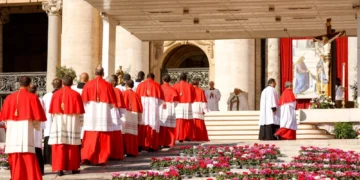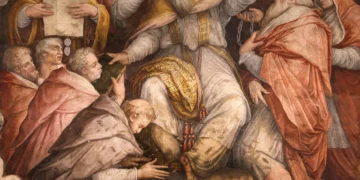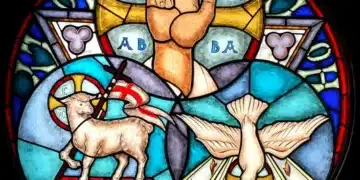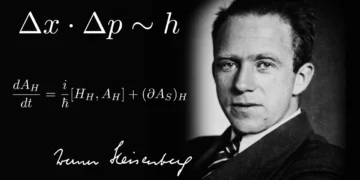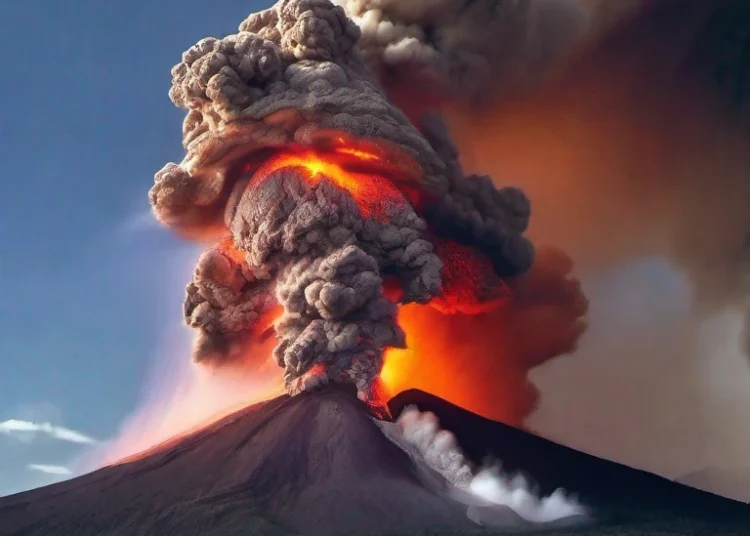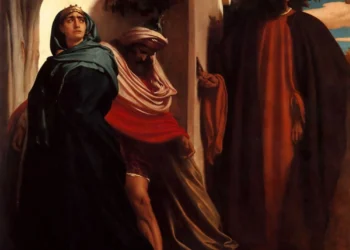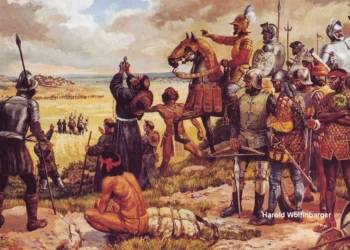Earth’s volatile phenomenon is an endless saga, but few natural spectacles compare to the breathtaking fury of volcanic eruptions. Among these mystical events, the Kilauea eruptions have captivated both scientists and curious onlookers with their enigmatic nature. Nestled in the heart of the Big Island of Hawaii, Kilauea has become a pulsating epicenter of fiery turmoil, ceaselessly reshaping the surrounding landscape and leaving humankind in awe. In this article, we embark on a journey of exploration, uncovering the wonders of Kilauea, and even delving into biblical passages that contain references to volcanoes.
Mysterious Kilauea
Kilauea, with its fervent presence, stands as a sentinel, bridging the gap between heaven and the underworld. Its molten core, invisible to the naked eye, hints at the boundless energy contained beneath the Earth’s surface. When Kilauea awakens, it unleashes a fiery torrent that paints the sky with vibrant hues, breathing life into the surrounding landscape.
Dynamic Landscapes
One aspect that makes Kilauea truly extraordinary is its ability to shape-shift the land. With each eruption, mighty flows of lava dance and forge rugged paths, transforming once familiar terrain with a touch of divine alchemy. The relentless nature of Kilauea’s eruptions reminds us of the ever-evolving nature of our planet, where creation and destruction stand in harmony.
Biblical Passages
Throughout history, volcanoes have held a significant place in human culture, and their destructive might has been referenced in various biblical passages. Let us explore a few examples:
1. Mount Sinai (Exodus 19:18)
As the Israelites awaited the divine covenant, Mount Sinai became the setting for a dramatic encounter. Exodus 19:18 describes the mountain as being enveloped by smoke, with intense fire and rumbling thunder. While the true nature of this event remains debated among scholars, some theories suggest it may have been an eruption or volcanic phenomenon.
2. Mount Horeb (1 Kings 19:11-12)
In the story of Elijah’s encounter with God, Mount Horeb plays a significant role. As Elijah stood at the entrance of a cave, a powerful wind, an earthquake, and a fire passed by. While the passage, 1 Kings 19:11-12, does not explicitly mention a volcano, the imagery used evokes the raw power and unpredictability associated with volcanic eruptions.
3. The Plagues of Egypt (Exodus 9:22-25)
During the plagues sent upon Egypt, hailstorms of supernatural proportions were unleashed. The description in Exodus 9:22-25 of “fire flashing continually” within the hail gives a vivid image akin to volcanic ash clouds, suggesting a divine manipulation of nature’s elements.
Fiery Symphonies
Kilauea continues to mesmerize us with its fiery symphonies, reminding us of the wonders and mysteries that Earth harbors deep within. Its eruptions reshape landscapes, leave a lasting impact on the environment, and fuel our curiosity about the forces shaping our planet. As we delve into biblical passages, we find hints of volcanic phenomena that highlight the ongoing fascination of volcanoes in human culture. So, let us remain in awe, for in the heart of these fiery giants lie both chaos and creation, an eternal dance that humbles us and nourishes our quest for knowledge.


